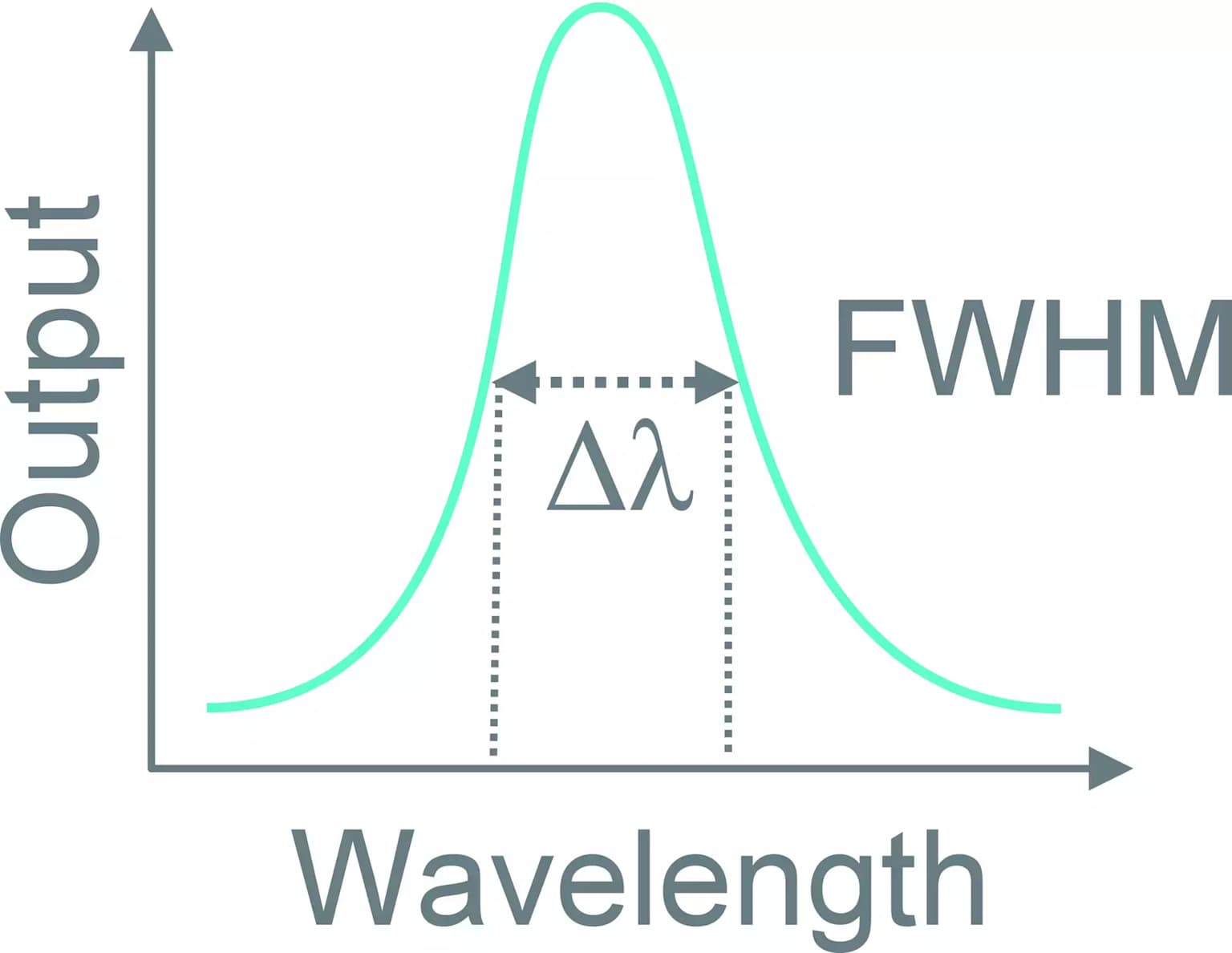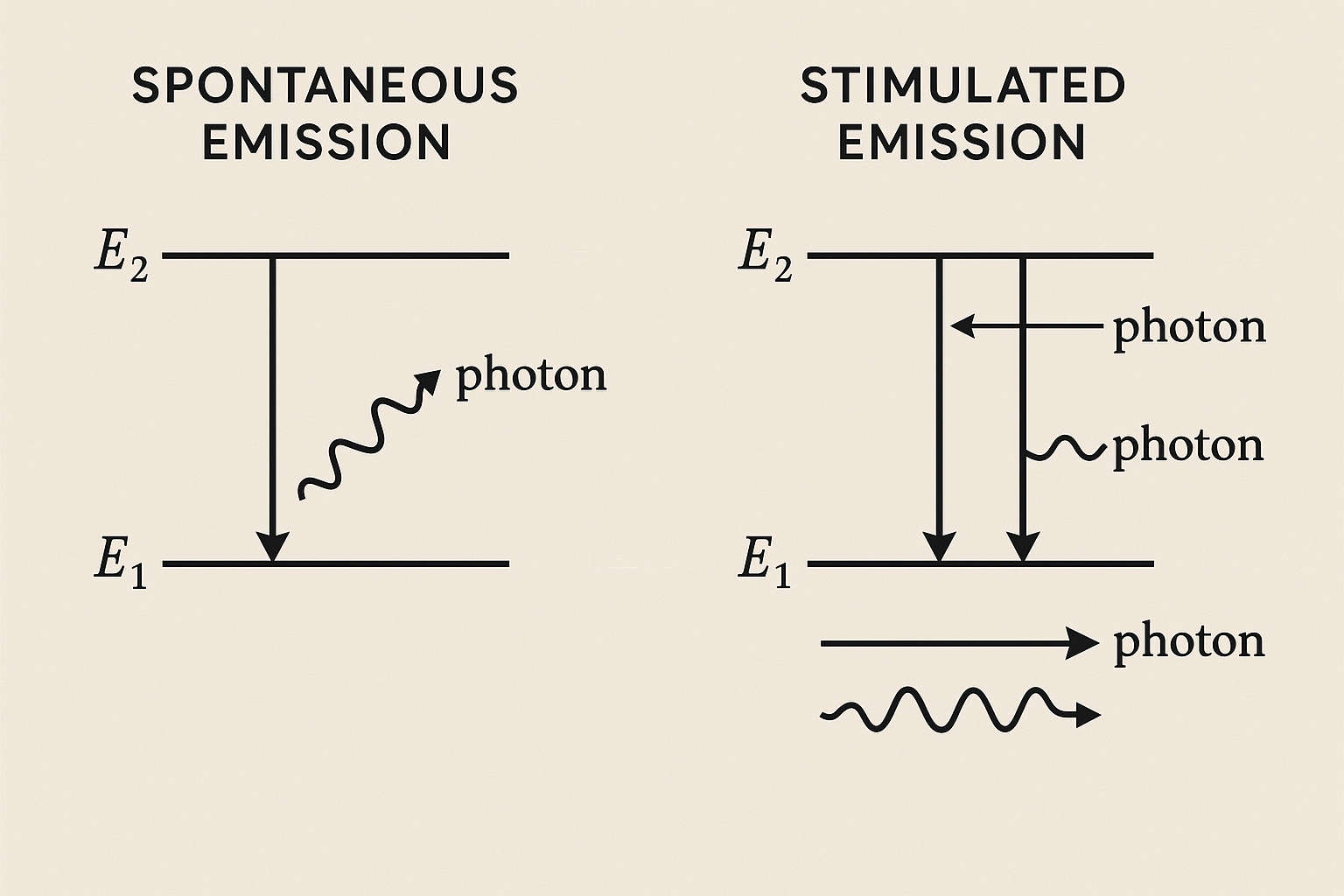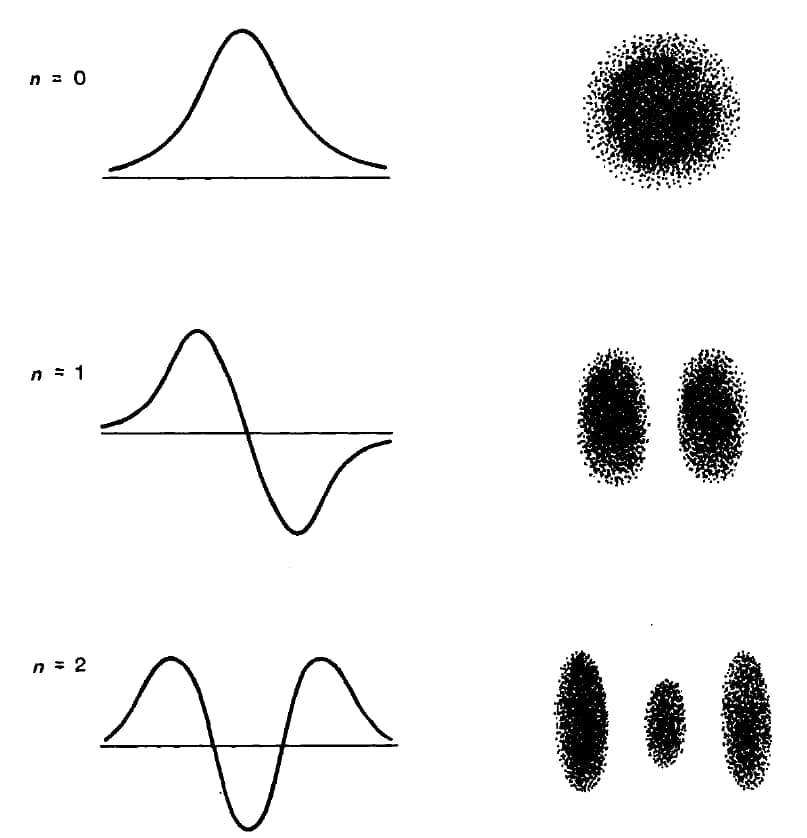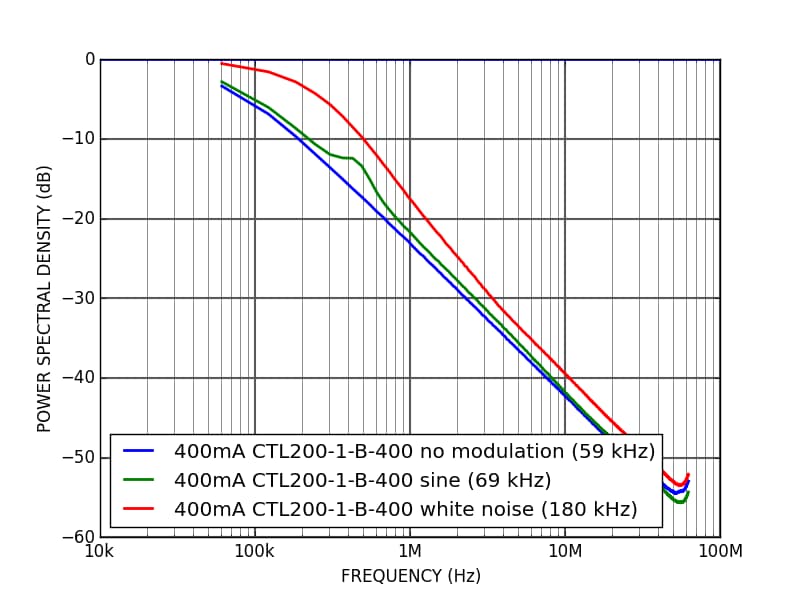Pursuing perfectly monochromatic light is one of most fascinating challenges on laser physics. Lasers are known for exceptional color purity, yet question remains: Can a laser truly emit light at an single, exact frequency? This exploration uncovers fundamental limits governing laser spectral purity and practical factors shaping real - world performance.
Laser linewidth means spectral width of emitted light, typically measured as Full Width at Half Maximum (FWHM) of optical spectrum. This parameter acts as crucial indicator of spectral purity and temporal coherence, directly affecting applications from precision spectroscopy to coherent communications.
The concept goes beyond academic interest. Narrow linewidth lasers enable groundbreaking apps in quantum optics, atomic clocks, and high - resolution sensing systems. Understanding linewidth limitations needs examining both fundamental quantum mechanical constraints and practical engineering challenges.

Ordinary light sources show significantly broader spectral emissions because multiple broadening mechanisms work simultaneously. Three primary contributors to fluorescence linewidth include natural broadening from finite energy level lifetimes, collision broadening from particle interactions, and Doppler broadening from thermal motion.
These broadening mechanisms combine to create characteristic fluorescence spectrum of luminescent materials, setting a baseline against which laser performance gets evaluated. Resulting fluorescence linewidth typically spans orders of magnitude broader than achievable laser linewidths.
In theoretical ideal, a laser working in perfect steady - state conditions would reach zero linewidth through perfect gain - loss balance. Under these conditions, stimulated emission precisely compensates for cavity losses, generating coherent light waves that keep constant phase relationships.
This theoretical framework assumes infinite wave trains with perfect temporal coherence, leading to mathematically perfect monochromaticity. The stimulated emission process ensures that newly generated photons keep identical phase and frequency characteristics as original cavity field.

Achieving theoretical zero linewidth needs single longitudinal mode operation within laser cavity. This condition demands that only one cavity resonance falls within gain bandwidth, eliminating mode competition and ensuring spectral purity.
Cavity design must carefully balance gain medium properties, resonator geometry, and wavelength - selective elements to maintain stable single - mode operation. Modern laser systems use various techniques including distributed feedback gratings and external cavity configurations to reach this goal.

Schawlow - Townes equation sets fundamental quantum limit for laser linewidth, derived from unavoidable spontaneous emission processes. This limit represents theoretical minimum linewidth achievable when all technical noise sources are eliminated.
The relationship shows that linewidth scales inversely with output power, offering a pathway for optimization through increased laser power. For typical laser parameters, Schawlow - Townes limit gives extremely narrow linewidths, often below 1 Hz for milliwatt - level output.
Even in carefully designed laser systems, spontaneous emission introduces fundamental phase noise that stops achievement of true zero linewidth. This quantum noise shows as random phase fluctuations that broaden emission spectrum beyond theoretical ideal.
Spontaneous emission contribution divides into two distinct mechanisms: phase noise from random emission events and amplitude fluctuations from intensity variations. Both effects add to observed linewidth, setting an absolute lower bound for spectral purity.
Real - world laser systems face numerous technical noise sources that broaden linewidth far beyond fundamental quantum limits. These factors include temperature fluctuations, mechanical vibrations, current noise, and environmental perturbations.
Temperature variations affect both gain medium properties and cavity dimensions, causing frequency drift and spectral broadening. Mechanical vibrations directly modulate optical path length, introducing phase noise that shows as increased linewidth.
External factors greatly impact laser frequency stability and linewidth performance. Atmospheric pressure variations, humidity changes, and air convection create refractive index fluctuations that broaden emission spectrum.
Modern laser systems use sophisticated stabilization techniques including temperature control, vibration isolation, and active feedback systems to minimize these effects. Advanced designs reach linewidths approaching fundamental limits through careful engineering and environmental isolation.

Different laser technologies show dramatically different linewidth characteristics, spanning over eight orders of magnitude from fundamental limits to practical implementations. Gas lasers, particularly helium - neon systems, show excellent stability with linewidths ranging from tens of hertz to tens of kilohertz.
Semiconductor lasers present unique challenges due to linewidth enhancement factor, which couples amplitude and phase noise through carrier density fluctuations. This phenomenon typically increases semiconductor laser linewidths by factors of 10 - 100 compared to fundamental limit.
Solid - state lasers, including fiber - based systems, take an intermediate position in linewidth performance. These systems benefit from reduced sensitivity to environmental perturbations while maintaining reasonable output power levels.
Advanced fiber laser designs incorporating distributed feedback gratings and external cavity configurations reach sub - kilohertz linewidths suitable for demanding applications. The combination of low noise operation and high output power makes these systems attractive for precision measurements and coherent communications.
Narrow linewidth lasers enable breakthrough apps in fundamental physics, including atomic clocks, gravitational wave detection, and quantum optics experiments. These applications demand frequency stability at millihertz level, pushing laser technology to its fundamental limits.
Coherent optical communications systems rely on narrow linewidth sources to reach high data rates and long transmission distances. Spectral purity directly impacts system performance, making linewidth optimization critical for network infrastructure.
High - resolution spectroscopy applications need laser linewidths narrower than targeted atomic or molecular transitions. This constraint drives development of ultra - stable laser systems with sub - hertz linewidths.
Laser - based sensing systems, including LIDAR and fiber - optic sensors, benefit from narrow linewidth sources that improve measurement precision and reduce noise. Coherence properties enabled by narrow linewidth operation extend measurement range and enhance sensitivity.
Inverse relationship between output power and linewidth, set by Schawlow - Townes equation, provides fundamental pathway for linewidth optimization. Modern laser designs increasingly focus on power scaling while maintaining spectral purity.
Advanced amplification techniques, including master oscillator power amplifier configurations, enable high - power operation without compromising linewidth performance. These approaches separate linewidth - determining oscillator from power - scaling amplifier, optimizing both parameters independently.
Recent developments in chip - scale laser integration promise to democratize narrow linewidth technology, moving precision laser systems from laboratory environments to field applications. Silicon photonics platforms enable compact, stable laser sources with linewidths comparable to benchtop systems.
Quantum technologies represent ultimate frontier for narrow linewidth requirements, with applications in quantum computing, communication, and sensing demanding unprecedented frequency stability. These emerging applications continue to drive fundamental research into linewidth limits and optimization strategies.
The quest for perfect laser monochromaticity reveals intricate balance between quantum mechanical fundamentals and practical engineering constraints. While theoretical zero linewidth remains unattainable due to spontaneous emission, modern laser systems approach fundamental Schawlow - Townes limit through sophisticated design and stabilization techniques.
Understanding laser linewidth includes both underlying physics of light - matter interaction and practical challenges of system implementation. As applications continue to demand ever - greater spectral purity, the field advances through improved understanding of fundamental limits and innovative approaches to noise reduction.
The future of narrow linewidth laser technology lies in convergence of quantum physics insights, advanced materials science, and precision engineering. This multidisciplinary approach promises continued progress toward ultimate goal of perfect monochromaticity, enabling new frontiers in science and technology.
Contact: Jason
Phone: +8613337332946
E-mail: [email protected]
Add: Hangzhou City, Zhejiang Province, China